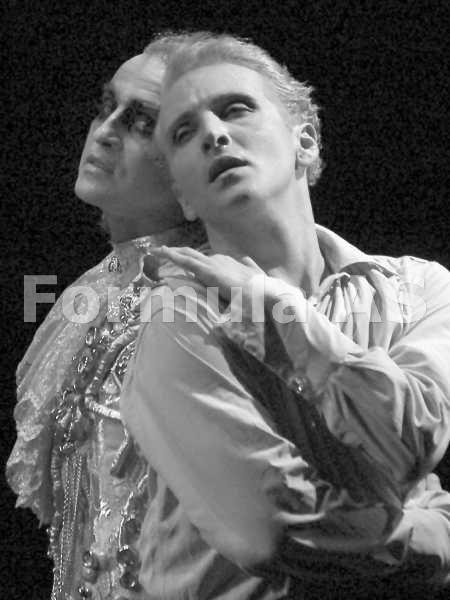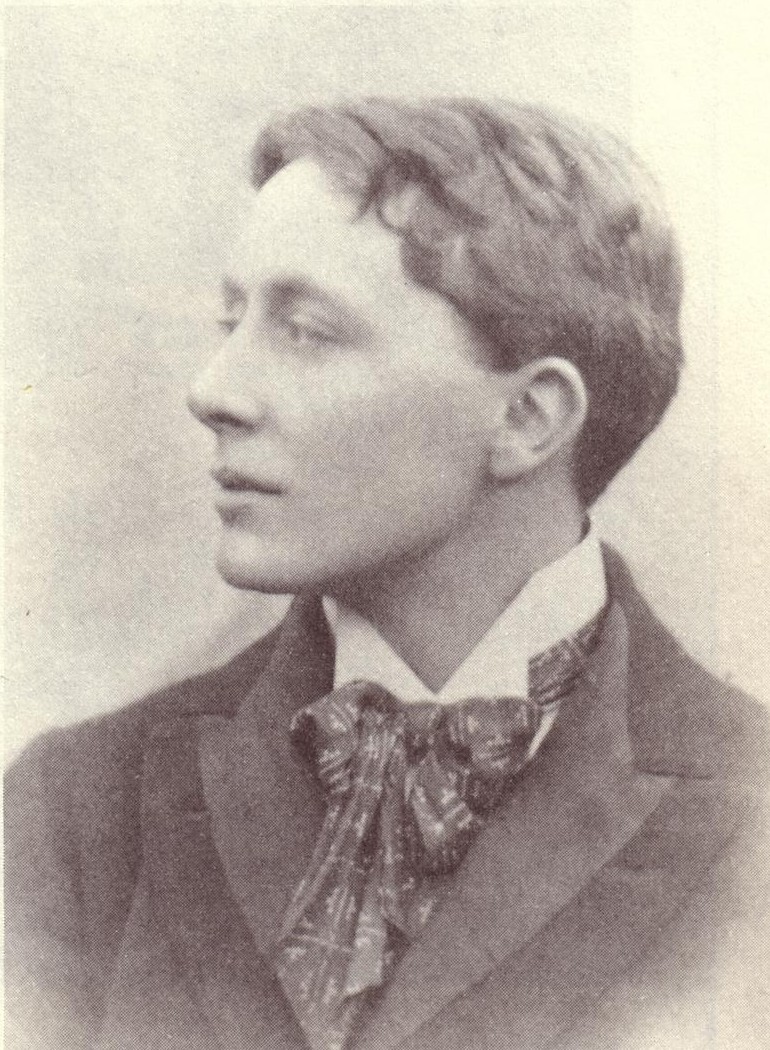

He then examines Basil and his penchant for life over art. Dickson then turns his eye onto the portrait itself, and its role in the book as the ultimate mirror, one in which you see not only the physical but the mental deformities, and the effect the portrait has on Dorian. He goes on to see her as an example of “life imitating art.” He then moves his view to the role of heredity in the book, and how it affects Dorian and his feelings towards self-development.

He views he as what he considers to be Wilde’s ideal of the “perfect artist” one who’s life is nothing but that of art, and the influence that Dorian holds over her once he shatters her illusion of the life she leads. He examines the attraction between Dorian and Sybl, and also views the strange life that Sibyl leads. He takes a look at Wilde’s viewpoint of “art over life” and how the roles of mirrors and masks in the novel help to distinguish between the real and imaginary, art and life. He describes the book’s role in the Aesthetic Movement of the yellow nineties, and how Wilde wanted to show case, not the triumph, but the failure of such value placed aesthetics.

In Dickson’s analysis, the focus is put on the importance of the art and aesthetic value of the novel over the morality of the plot. "MASKS AND MIRRORS IN DORIAN GRAY." English Literature in Transition 1880-1920. He then views Basil, the tragic artist, as a character, and how his abandonment of appreciation for art, but rather becoming too close to life, leads to his own downfall. Aubrey views the poisonous effect that these ideas have on Dorian and all whom he encounters. The viewpoint that Aubrey chiefly examines is that of Henry’s “New Hedonism” of giving in to temptations. He examines the effect that Henry’s viewpoints have on Dorian, and how Dorian allows Henry’s influence to change and morph his own personality and attitude towards, not only himself, but life as a whole. He sees Henry as a man with a greater appreciation for art than for life, admiring the way in which art allows when to experience emotion without truly being affected by it, and how Henry takes this same approach in his relationship with Dorian. He starts with Lord Henry, finding him to be a man of many paradoxes and the main vehicle through which Wilde injects his own biting wit into the story.

In his critical analysis, Aubrey takes a look at the three major characters, Basil, Henry, and Dorian, and views the way in which these characters approach and convey the relationships between life and art found in the book. "Critical Essay on 'The Picture of Dorian Gray'." Novels for Students. Bremer 1 JP Bremer 9/11/12 AP Literature Period 3 Ms.


 0 kommentar(er)
0 kommentar(er)
